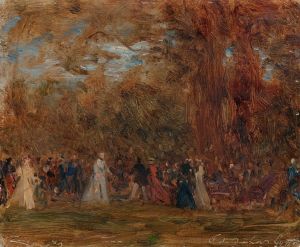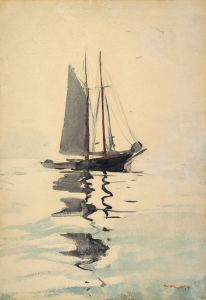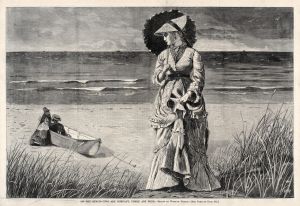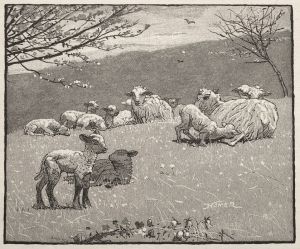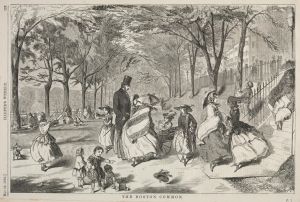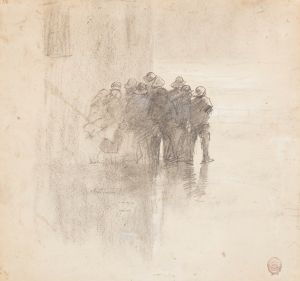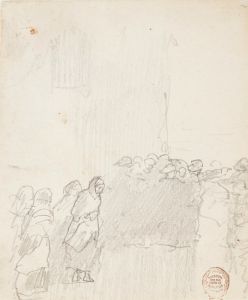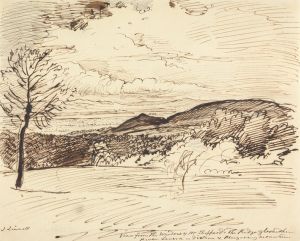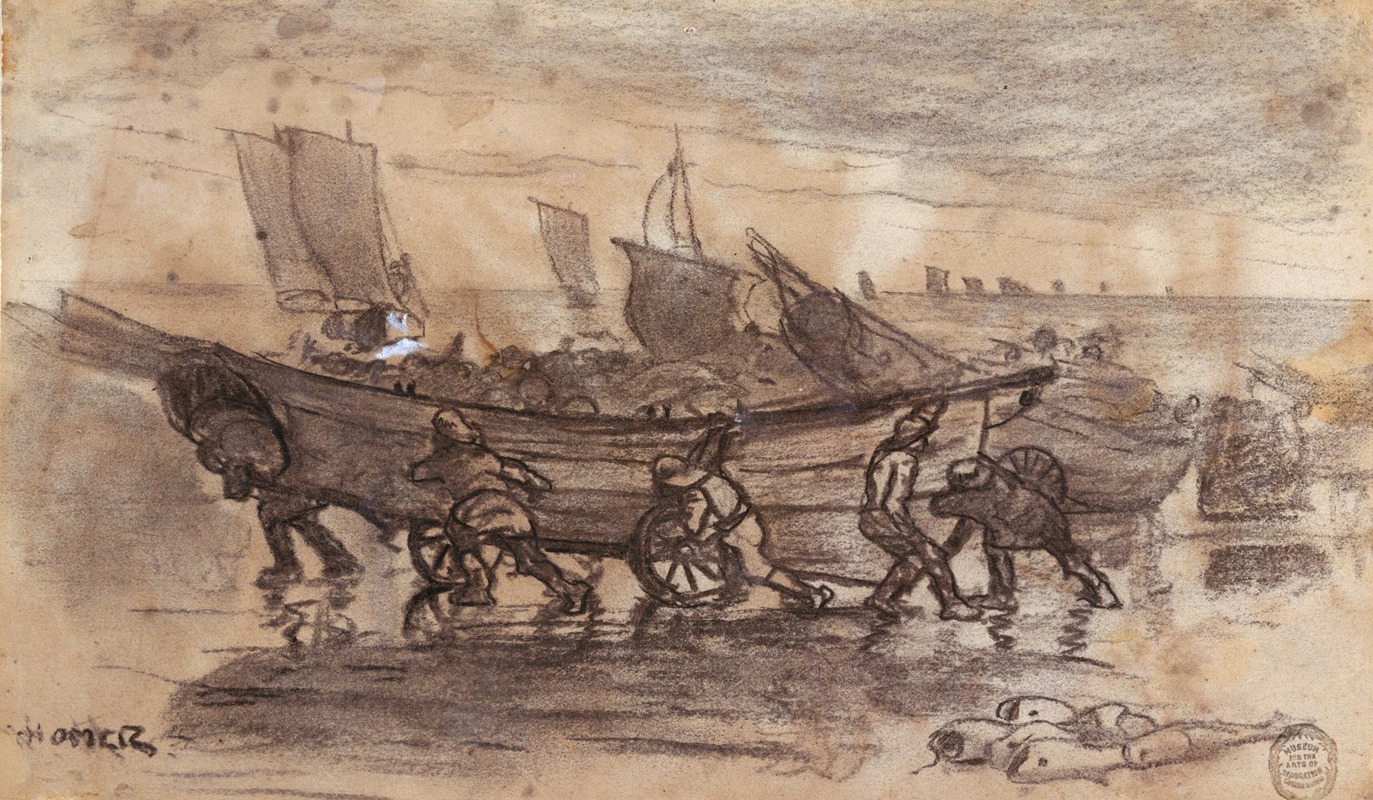
Fishermen Beaching a Dory, Cullercoats, England
A hand-painted replica of Winslow Homer’s masterpiece Fishermen Beaching a Dory, Cullercoats, England, meticulously crafted by professional artists to capture the true essence of the original. Each piece is created with museum-quality canvas and rare mineral pigments, carefully painted by experienced artists with delicate brushstrokes and rich, layered colors to perfectly recreate the texture of the original artwork. Unlike machine-printed reproductions, this hand-painted version brings the painting to life, infused with the artist’s emotions and skill in every stroke. Whether for personal collection or home decoration, it instantly elevates the artistic atmosphere of any space.
"Fishermen Beaching a Dory, Cullercoats, England" is a watercolor painting by the American artist Winslow Homer, created during his stay in the coastal village of Cullercoats, England, between 1881 and 1882. This period marked a significant phase in Homer's artistic development, as he immersed himself in the daily lives of the fishing community, capturing their resilience and the harsh realities of their environment.
Winslow Homer, born in 1836 in Boston, Massachusetts, is renowned for his realistic and dynamic portrayals of American life and landscapes. Before his time in Cullercoats, Homer had already established himself as a prominent artist in the United States, particularly known for his Civil War illustrations and later, his depictions of rural American scenes. His journey to Cullercoats was part of a broader European sojourn, which many American artists of the time undertook to gain exposure to different artistic techniques and traditions.
Cullercoats, a small fishing village on the northeastern coast of England, provided Homer with a wealth of inspiration. The village was known for its robust fishing industry, and the daily activities of the fishermen and their families became central themes in Homer's work during this period. The community's connection to the sea and their stoic endurance in the face of nature's challenges resonated deeply with Homer, influencing his artistic focus and style.
"Fishermen Beaching a Dory, Cullercoats, England" exemplifies Homer's keen observation and ability to convey the essence of maritime life. The painting depicts fishermen working together to bring a dory—a small, shallow-draft boat—onto the shore. The composition highlights the physical effort and cooperation required in such tasks, emphasizing the communal spirit of the village. Homer's use of watercolor in this piece is particularly noteworthy; his technique captures the fluidity and translucence of the medium, effectively conveying the damp, overcast atmosphere typical of the English coastline.
The Cullercoats period was pivotal for Homer, as it marked a transition in his artistic approach. He began to experiment more with watercolor, a medium that allowed him to explore light and color with greater subtlety and immediacy. This period also saw Homer focusing more intently on the human figure, capturing the emotional and physical nuances of his subjects with increased sensitivity.
Homer's works from Cullercoats, including "Fishermen Beaching a Dory," are celebrated for their authenticity and emotional depth. They reflect a profound respect for the people he depicted and an appreciation for their way of life. These paintings not only document a specific time and place but also resonate with universal themes of human endurance and the relationship between people and nature.
After returning to the United States, Homer continued to explore similar themes, particularly in his later works set in coastal Maine. His time in Cullercoats had a lasting impact on his artistic vision, reinforcing his reputation as one of America's foremost painters of the sea and its people. "Fishermen Beaching a Dory, Cullercoats, England" remains a testament to Homer's skill and his empathetic engagement with the world around him.





